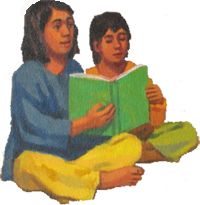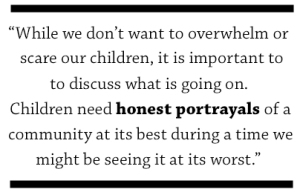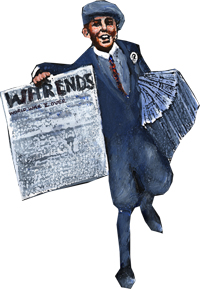What happens if we don’t follow a recipe? Potentially, a disaster. Recipes require careful reading and we can literally taste the consequences of our failure to do so. In this way, a recipe is fantastic for small group instruction, such as guided reading, and for parent-child practice because it is grounded in real world applications and requires multiple re-readings to grasp the information.
For guided reading, there were only a dozen or so book sets that I used with my students because those available to me were dated in content (think: Pluto is still a planet) and image, worn out from being shared across the whole school, and unreliable in student engagement. On one of my monthly trips to a Friends of the Library book sale, where I often scrounged, hunted, and bargained, I discovered a milk crate full of the children’s literary magazine, Cricket. As these were used periodicals, they were available for free. I remember the award-winning magazine as a child myself and quickly discovered that the wide variety of high-quality texts would be perfect for guided reading, including the recipes and craft instructions.
 Young readers can use recipes to analyze an author’s choices, such as the order of steps, choice of ingredients, and ingredient amounts. Recipes provide hands-on experience at home while building critical background schema and additional practice with a nonfiction text. Recipes are great for teaching close reading because they:
Young readers can use recipes to analyze an author’s choices, such as the order of steps, choice of ingredients, and ingredient amounts. Recipes provide hands-on experience at home while building critical background schema and additional practice with a nonfiction text. Recipes are great for teaching close reading because they:
- naturally engage students with the content (yum!)
- create real-world connections for why we learn to read and the skill of close reading (look—even adults do it!)





 As we cluster in workshops, around webinars, and near the water cooler, we are already thinking about and preparing what skills and knowledge we want to teach. Yet, to truly have a successful year, let’s ponder an additional question: who do we want to teach?
As we cluster in workshops, around webinars, and near the water cooler, we are already thinking about and preparing what skills and knowledge we want to teach. Yet, to truly have a successful year, let’s ponder an additional question: who do we want to teach?


 2.
2. 




